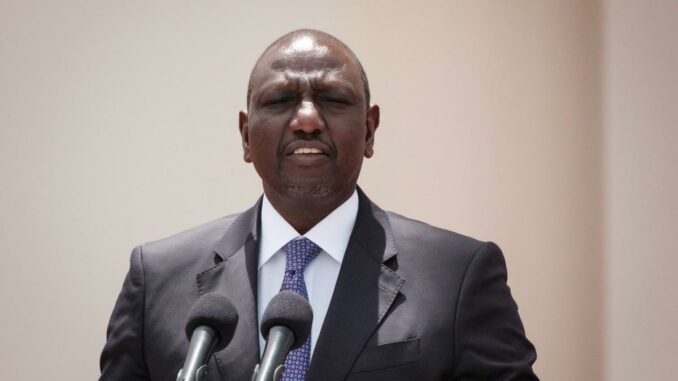
Kenya’s Government has announced on Tuesday 29 April plans to cap its fiscal deficit at 4.5% of GDP for the 2025/26 financial year, a modest reduction from the current 5.1%, as it embarks on a revised fiscal path aimed at restoring investor confidence and addressing debt sustainability concerns.
The country’s initial budget of 4.3 trillion Kenyan shillings (approximately $33 billion) will undergo significant revisions, with President William Ruto’s cabinet approving a new Finance Bill focused on closing revenue loopholes and improving efficiency in public expenditure.
The decision follows a turbulent fiscal year marked by widespread protests that led to the withdrawal of $2.7 billion in proposed tax hikes and the shelving of earlier plans to cut the deficit to 3.5%. Ruto’s administration has since taken a more measured approach, prioritizing austerity measures over aggressive tax increases. “These adjustments are part of broader austerity measures designed to strengthen fiscal discipline, reduce public debt vulnerabilities, and create the fiscal space necessary to deliver essential public goods and services,” the cabinet stated.
Kenya’s fiscal strategy is unfolding under the watchful eye of the International Monetary Fund (IMF), whose $3.6 billion support programme with the country faltered in March when the final review was abandoned. In response to Kenya’s deepening cash constraints, the IMF has advised the adoption of a new spending framework and confirmed that Nairobi has formally requested a new bailout package. The developments highlight the delicate balance Ruto must maintain between domestic political pressures and international financial obligations as the government navigates a tightening fiscal environment.
